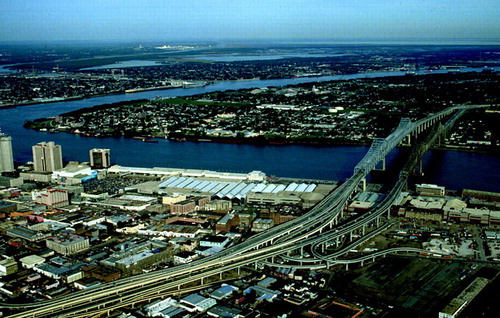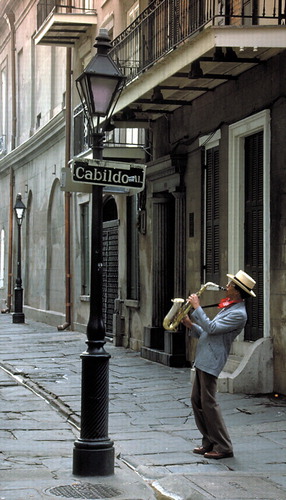Science and Fun Combine To Make Annual Meeting a Must
 Every year APA sends its members a detailed packet of information on the annual meeting with a message suggesting in one way or another that this year’s meeting will be the best ever. Most members probably tune that message out by now, but this is one year when they may want to suspend their skepticism.
Every year APA sends its members a detailed packet of information on the annual meeting with a message suggesting in one way or another that this year’s meeting will be the best ever. Most members probably tune that message out by now, but this is one year when they may want to suspend their skepticism.
Indeed, APA’s 2001 annual meeting may be the one not to miss. Its theme gets right to the heart of psychiatry’s essence—that combination of art and science on which psychiatrists draw every day as they help their patients regain wellness: “Mind Meets Brain: Integrating Psychiatry, Psychoanalysis, Neuroscience.” The theme was selected by APA President
“I’ve never been to an APA annual meeting that I didn’t like,” said
Thus, what this year’s meeting aims to do, Muskin continued, is “engage people to think in ways they may not have thought before—to look at the depth of what humans are: not just chemicals or psychologies, but both.”
Here is just a short sampling of the sessions in which various aspects of these intriguing issues will be discussed.
•
•
•
As part of the International Psychiatrist Lecture Series, neuropsychologist
•
•
Crescent City: Compact City
 APA’s annual meeting remains the premier meeting for psychiatrists not only throughout the United States but increasingly throughout the world. It represents far more than an opportunity to earn up to 66 CME credits; it links psychiatrists in all practice settings, academia, administration, and research.
APA’s annual meeting remains the premier meeting for psychiatrists not only throughout the United States but increasingly throughout the world. It represents far more than an opportunity to earn up to 66 CME credits; it links psychiatrists in all practice settings, academia, administration, and research.
Moreover, Muskin pointed out that the location for this year’s meeting gives members a chance to enjoy a city that uniquely blends the exotic with the genteel amid a diversity of historic and cultural attractions. And few people will be able to resist the lure of the city’s signature restaurants and nightlife, guaranteed to have visitors out till the wee hours of every night of their stay. (Information on many of these attractions appears elsewhere in this issue.)
Even though New Orleans is a major city, it has the feel of a small city, said Muskin, and the location of the convention center adds to that compact feeling. The convention center is on the edge of the French Quarter (home of Bourbon Street), and all the hotels where scientific sessions are being held—as well as many of the hotels where members will be staying—are within walking distance.
“This is one meeting where APA members will definitely not have to rely on shuttle busses to get around—and won’t want to,” said Muskin. “Also, members should not be concerned if they don’t stay in one of the large, major hotels near the convention center. Staying in one of the smaller hotels will be more charming and enjoyable but still close to everything.”
Because of the city’s numerous attractions, including the annual New Orleans Jazz and Heritage Festival (Original article: see page 39), APA members attending the meeting should register and make their hotel reservations immediately.
Other Highlights
APA members preparing for their ABPN Part II exam will also want to register as soon as possible for a full-day course cosponsored by APA and McLean Hospital. This course, which will be held Saturday, May 5, will closely follow the format of the oral examination.
Among the outside lecturers expected to be of special interest to meeting goers are
On the lighter side, there’s one session that APA members caught up in the Harry Potter craze—whether because they or a child in their lives can’t resist the work of author
Those who prefer reality over fantasy can leave the questions about Harry unanswered in favor of another session being held at that same time: “Jazz at Lunch: A Century of Satchmo.” This session, chaired by
The Task Force on Local Arrangements is cochaired this year by
“Fortunately, or unfortunately, there is much to see and do in a short period of time at both the annual meeting and in New Orleans,” said Muskin. “This is a meeting that promises to be good for both the body and soul.” And of course the mind and the brain. ▪



